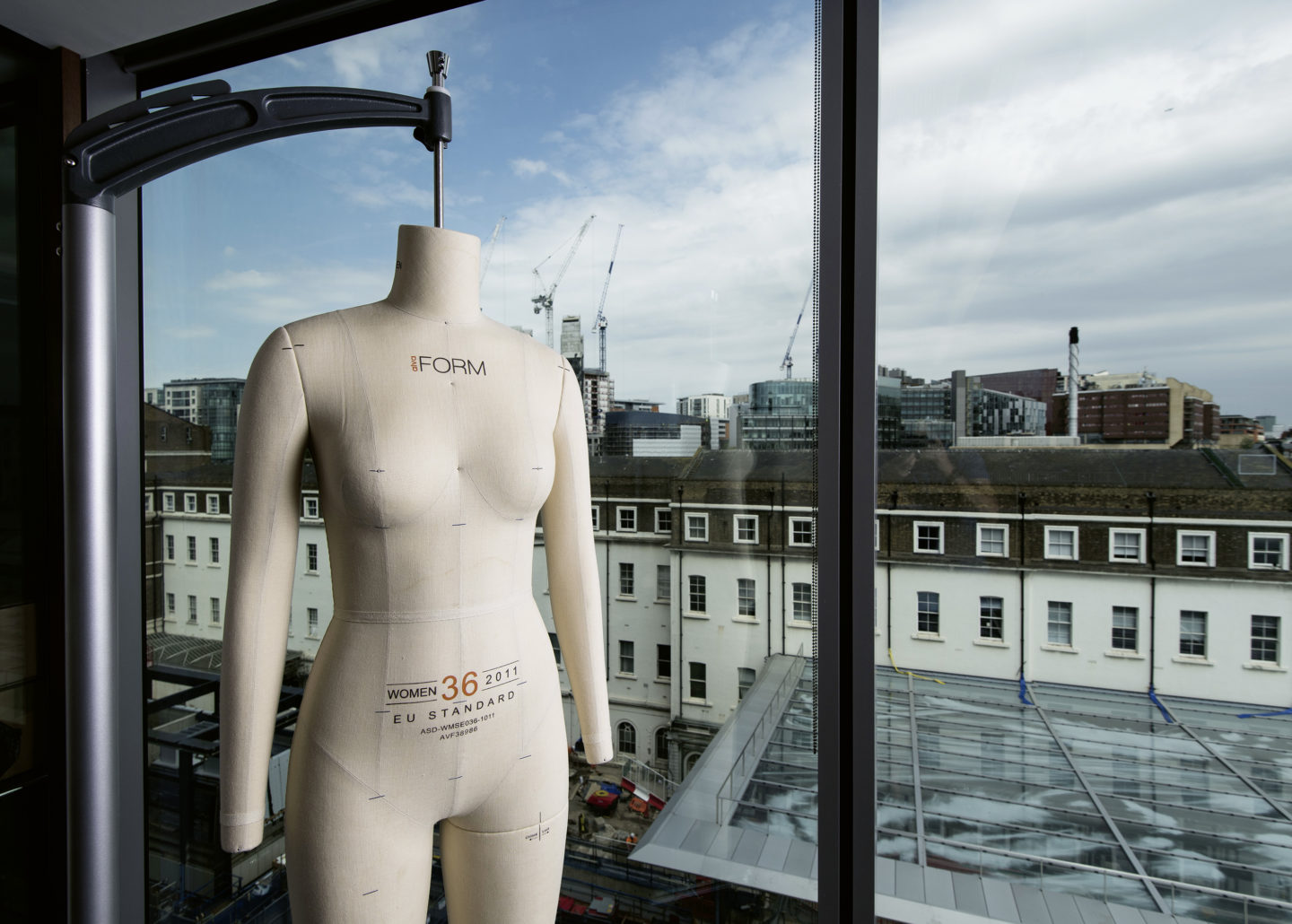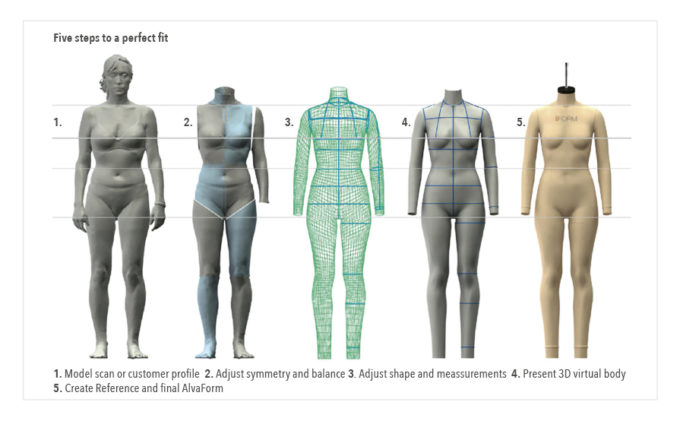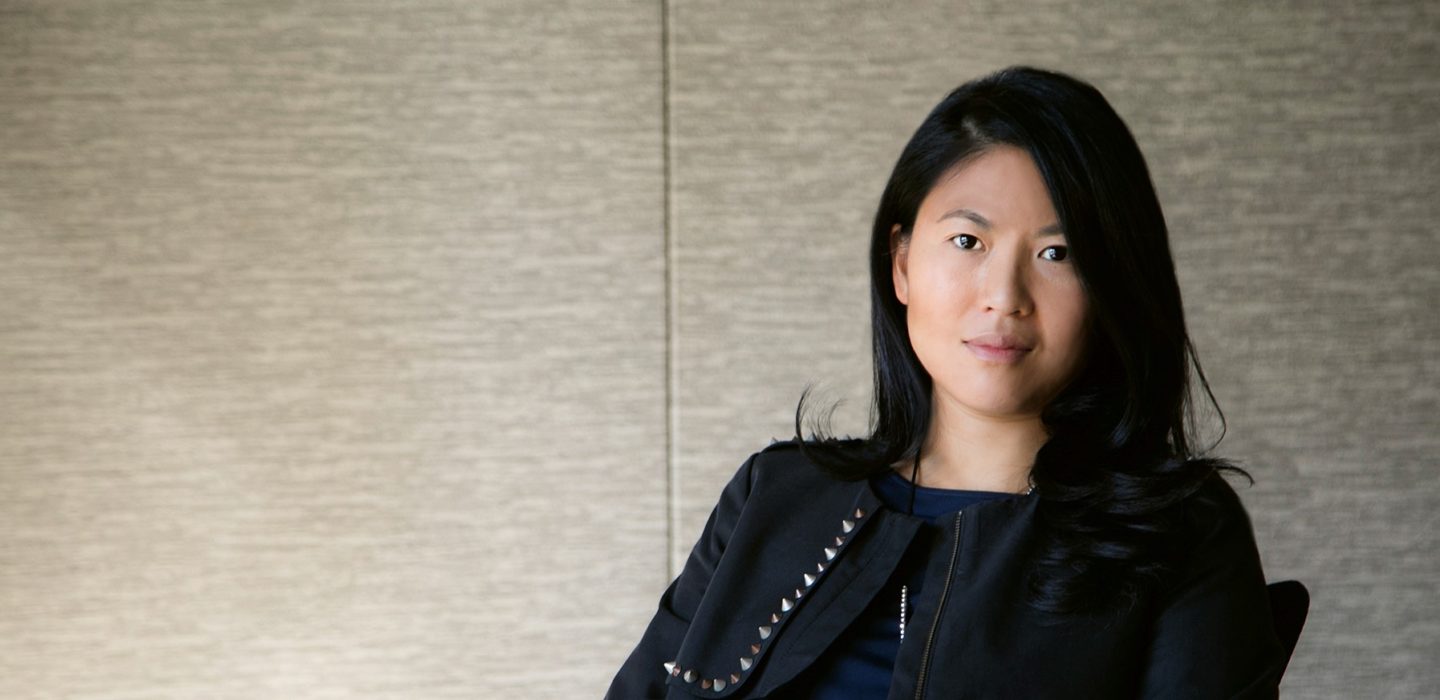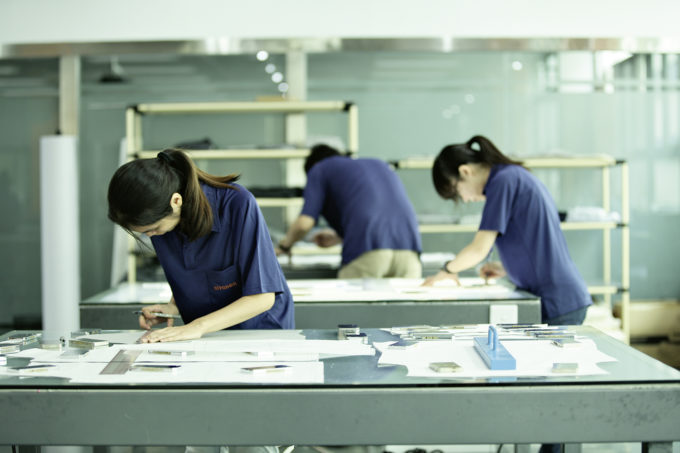‘All we can do is evolve’
Alvanon grew rapidly in the next few years. Based in the US and Europe, I took charge of strategy, legal, finance and all external comms. Jason was the business’s tech visionary and operations person. And in 2005, another of our brothers, Jonathan, joined us. His first assignment was to fix our factory: as a toy designer, he understood injection molding and the various manufacturing processes we needed to have in place. Driven by curiosity, and always wanting to tinker and experiment, he became our head of R&D.
Our father, meanwhile, continued as chairman. He was very much hands off when it came to operational matters, but hugely supportive with ideas. From the start, he instilled in us the importance of innovation. His tagline, which is still our mantra, was “All we can do is evolve”. And so, even though the dotcom bubble was bursting around us as we launched, we already knew that making all of our business as digital as possible had to be one of our goals.
It wasn’t always easy to explain why this was so important to other businesses in the fashion industry. Our first fit forms were designed using Maya, the animation software used by Pixar to make its animated movies. At that time, it could take days to render a tee-shirt that could be physically made in 15 seconds. But we persisted, using body scanners to gather our own body data while also tapping into external sources, such as a mid-2000s US body sizing study conducted by North Carolina State University which we also participated in.
As a result, we have generated the world’s largest database of nearly two million 3D body scans carried out in Asia, Europe, Africa and the Americas. Now, we apply this 3D body shape and size data with our family’s deep knowledge of the apparel industry to bring discipline, science and technology into what historically has been seen as a creative industry.
Our approach supports creativity but also delivers end products in a digital and sustainable way. Today, we work with our clients to become much more time and cost efficient by digitalizing their product design and development processes across every critical element of their supply chain. We help them identify and define their sizing schemes so they can produce clothes for every size and shape of body among their target customers. To our body scan information, we add data drawn from health and demographic statistics. We merge this with information from a company’s own competitive analysis to help them figure out their inventory ratios – how many extra-smalls they should make, how many extra-large, and so on.
We also help our clients determine what standards their suppliers should be following – something that’s becoming more and more important now most American and European brands have no direct involvement in manufacturing and so no knowledge of manufacturing processes and how they are evolving.
Our platform also supports their designers by transforming sketches produced on a 3D software into fully digitized garments fitted on accurately sized and shaped virtual bodies. These virtual bodies, available on the Alvanon Body Platform, can be rendered with all the physical characteristics of people in their target demographic.
As well as giving designers their very own muse in the virtual world, garments created this way can be used to generate patterns automatically. Any edits to the garments on the bodies automatically leads to change in the pattern. No physical samples are created until everyone in the creative and technical team is happy with the virtual representation. This can save weeks of development and sampling time, especially when dealing with offshore vendors.








